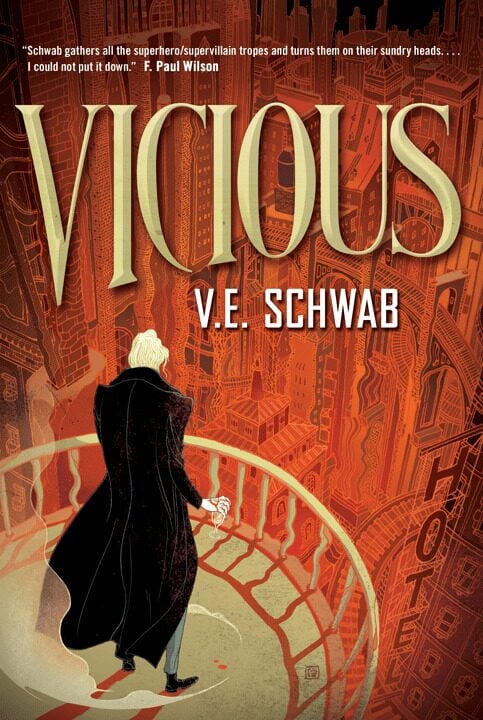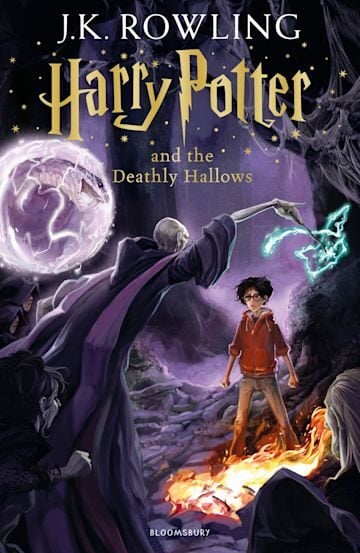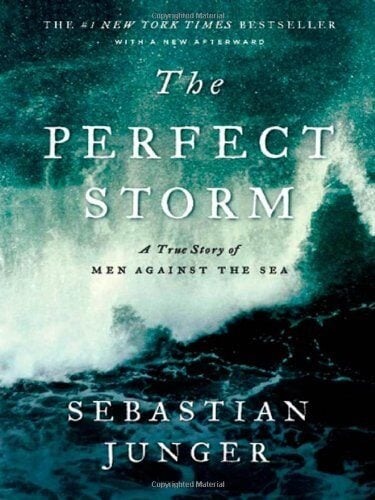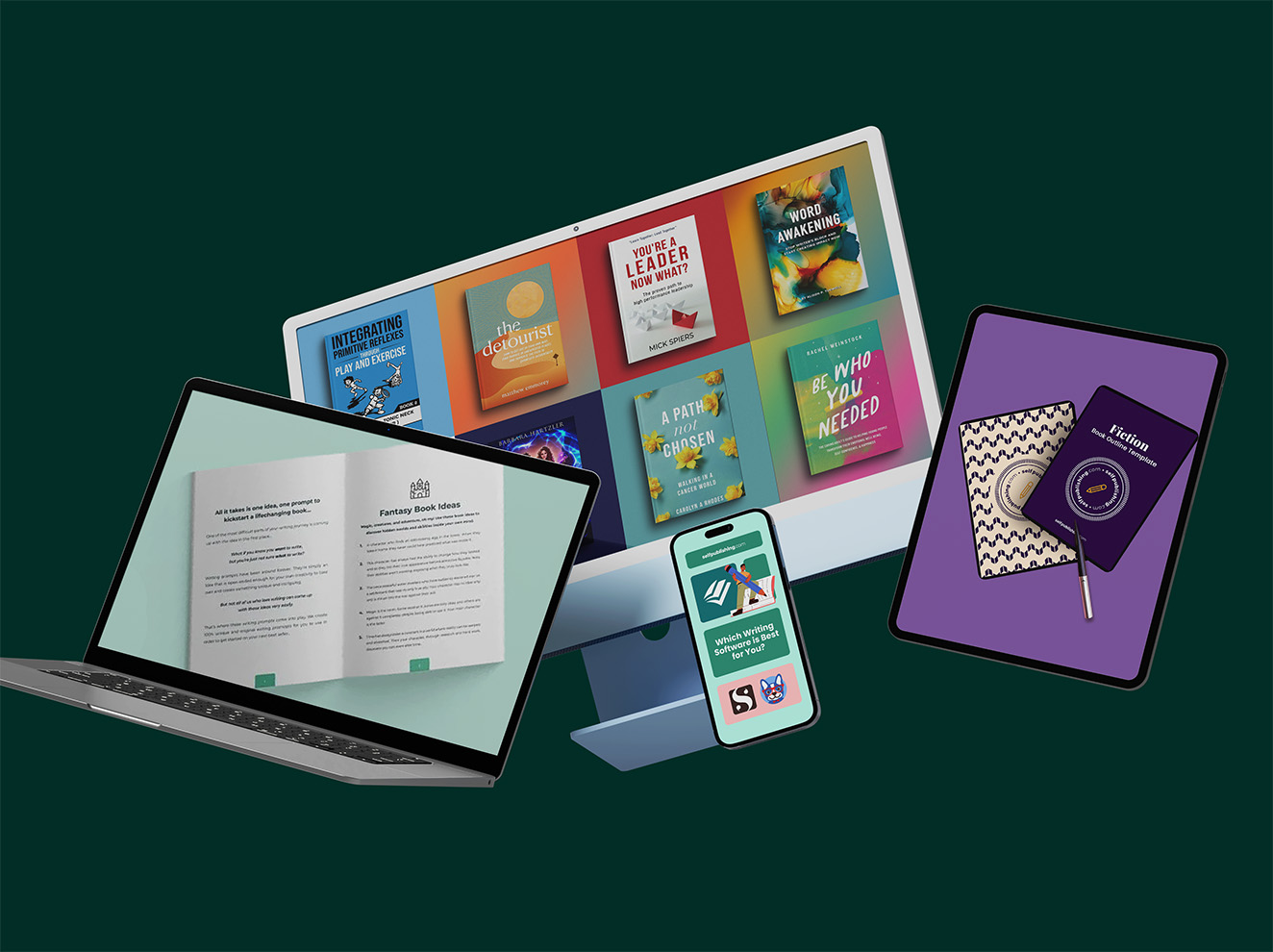What’s the difference between a protagonist vs antagonist? To write a story effectively, it’s important for you to know!
In this article, we’ll cover all the differences between a protagonist vs antagonist, and list out some different types of these characters so you know how to use them correctly in your next book.
What Is a Protagonist?
In a story, the protagonist is the main character. It is the person (or animal!) who faces the obstacles in the story and whose decisions drive the progress of the plot.
A story is told from the protagonist’s point of view. This is the case for novels, films, or plays. An effective protagonist is one that we can empathize with, but they aren’t always the hero.
While heroes are usually who we see in a protagonist vs antagonist clash, protagonists can be morally gray or even amoral.
A protagonist is simply the main character. Their journey in the story drives us towards their ultimate goal, and helps to carry the story to its conclusion.
Let’s take a look at some different types of protagonists in literature so you can understand the terms of protagonist vs antagonist better.
Related: Types of Characters in Fiction
Types of Protagonists
Here are some of the types of protagonists you can write about in your story:
Hero
A hero is the main type of character we think of in a protagonist vs antagonist conflict.
Think Superman, Wonder Woman, or James Bond.
The hero is the brave person who answers the call to adventure and comes in to save the day, despite sure danger. The hero’s journey will include many obstacles and conflicts, but in the end, they will defeat the villain and everyone will live happily ever after.
The hero might have special powers, or they may just have great leadership qualities and be exceptionally smart or brave. Heroes are effective protagonists because they inspire readers to be more like heroes themselves.
Tragic Hero

A tragic hero is very similar to a classic hero, but they are the main character in a tragedy with a ton of drama and suffering. The hero may or may not die in the end, but they certainly undergo a tragic ordeal.
Jay Gatsby is the tragic hero of The Great Gatsby, and Romeo is the tragic hero in Romeo and Juliet.
The Everyman
An everyman protagonist is a main character who is totally normal. And, in this way, they are endeared to us. They are meant to be truly representative of the reader.
These protagonists may not have anything extraordinary about them, but they are thrown into extraordinary circumstances thanks to the events in the story.
Using an everyman protagonist helps readers to see themselves in the main character’s position, and imagine that they could do the same thing themselves.
Some great examples of the everyman protagonist include Neo in The Matrix and Arthur Dent in The Hitchhiker’s Guide to the Galaxy.
Antihero
An antihero or antiheroine is a protagonist who doesn’t have any of the hero’s traditional character traits of bravery or selflessness. They probably aren’t someone you would consider a hero at all, but they are thrust into a hero’s role.
Some examples of an antihero include Jack Sparrow in Pirates of the Caribbean and Lisbeth Salander in The Girl with the Dragon Tattoo.
Villainous Protagonist

Some protagonists are straight-up villains, and you don’t get the protagonist vs antagonist relationship you would expect.
A villainous protagonist may be cruel, selfish, or any number of negative traits. Whether the main character is morally gray, or is a straight-up villain, if the story is told from their point of view, they are the protagonist.
Dexter Morgan in Dexter is a great example. He is a serial killer, but we can see the story from his point of view and even sympathize with his character.
In literature, one example of a villainous protagonist is Victor in V.E. Schwab’s Vicious.
Supporting Protagonist
A supporting protagonist is a character who isn’t the main focus of the story, but who drives the plot nonetheless. A prime example of a supporting protagonist is Bilbo Baggins in The Hobbit.
The False Protagonist
Sometimes, we think we know who the protagonist is, only to have the rug pulled out from underneath us. This could be because of an abrupt shift of view, or because the author kills off the would-be protagonist.
Think of the shock you felt while watching Game of Thrones for the first time. Ned Stark was undoubtedly a false protagonist.
Some other great examples of false protagonists include Llewellyn in Cormac McCarthy’s No Country for Old Men and Marion in Psycho.
Karin Slaughter is also a master at crafting a false protagonist.
What Is an Antagonist?
When looking at the protagonist vs antagonist, the antagonist is the protagonist’s main rival, or the object standing in their way. An antagonist actively works against the main character’s goals and creates conflict with them.
Types of Antagonists
When looking at antagonists vs protagonists, there are a few different types of characters to consider, including:
The Villain

The most standard antagonist vs protagonist battle is the villain vs the hero.
Villains are often portrayed as immoral, dishonest, or evil, but in any case, they are working against the cause of the protagonist in the story.
Now you might be thinking, what is the difference between a villainous protagonist vs antagonist?
The main difference is simply whose point of view the story is being told from. Regardless of their qualities as a person, the villainous protagonist is the main character of the story – the antagonist is not.
Some classic examples of villains are Voldemort in Harry Potter and Sauron in the Lord of the Rings.
A Natural Disaster

When you think of protagonist vs antagonist, you usually picture people, but that isn’t always the case! Sometimes the antagonist is nature. Think the storm in The Perfect Storm, or even the T. rex in Jurassic Park.
An antagonist vs protagonist battle could look like a virus trying to take control of humanity, or a tsunami overtaking a small town. As long as it is something your main characters are battling against, it can be considered an antagonist.
The Institution

Sometimes the protagonist vs antagonist battle is with more than one person – in fact, with a whole organization or ideal. When the government or institution is oppressing society, they are the antagonist.
The institution is the villain in George Orwell’s 1984 and in Margaret Atwood’s The Handmaid’s Tale.
The Protagonist!
Sometimes you don’t have an antagonist vs protagonist in the traditional sense. Instead, the protagonist is their own villain. Or, more specifically, their inner thoughts are their antagonist.
You can write a character who is truly battling their own demons, with personal flaws or a moral dilemma that drives the conflict in your story.
A great example of a protagonist fighting their own demons is the movie Black Swan with Natalie Portman.
Protagonist vs Antagonist: What’s the Difference?
The protagonist and the antagonist are the two central characters or forces in a story. When comparing a protagonist vs antagonist, think of the protagonist as the main character and the one depicted via the author’s perspective. Theirs is the POV of the book, even if there is a different narrator.
The antagonist, on the other hand, is the force or person that stands in the way of the protagonist’s goals.
While the protagonist is often the hero of the story, and the antagonist is often the villain, that isn’t always the case, as seen in the examples above.
In fact, you can even flip a story around and tell it from the villain’s point of view, and then the villain is the protagonist.
Regardless of the POV used in your book, it’s important to map out the journey of each of your characters with a character profile template. This will give you a reference point of their backstories, character flaws, character motivation, down fall and/or comeback, and more. In your profile template, you may also want to note other important details about your characters, such as quirks, mannerisms, way of talking, physical details, favorite locations, key memories, and more.
This will help you create a cohesive and consistent character that feels real to your readers – whether they are the villain or the hero!
Can You Have More Than One Protagonist and Antagonist?
Yes, you can have more than one protagonist vs antagonists, or many antagonists vs one protagonist.
If you write a story from multiple points of view, then you have multiple protagonists in your story. This is often the case if you have the dual perspective of two love interests, or in sprawling fantasy novels like A Game of Thrones.
That being said, there is often one character at the center of the storyline, or who readers connect with most on an emotional level, who many will consider the true protagonist of the story.
If you’re writing a war story, there may be multiple antagonists if there is more than one warring faction.
Be The Protagonist of Your Writing Journey
Now that you understand the differences between a protagonist vs antagonist, it’s time to put the pen to paper! (Or your fingers to the keyboard.)
Of course, writing is only one step of the publishing process to consider. And you have to decide if you’d like to go with self-publishing or traditional publishing.
If you’d like to stay the main character in your publishing journey, and retain far more book royalties and control over your work, self-publishing is the way to go.
And, if you’d like help with any of the steps of self-publishing, from book cover design to book marketing ideas, the team at selfpublishing.com is here to help you turn your book from an idea into a masterpiece.
Reach out for your free strategy call today.

























